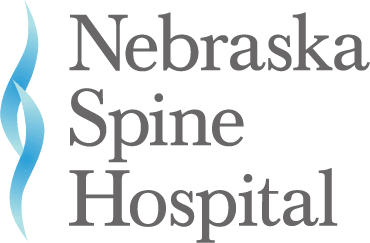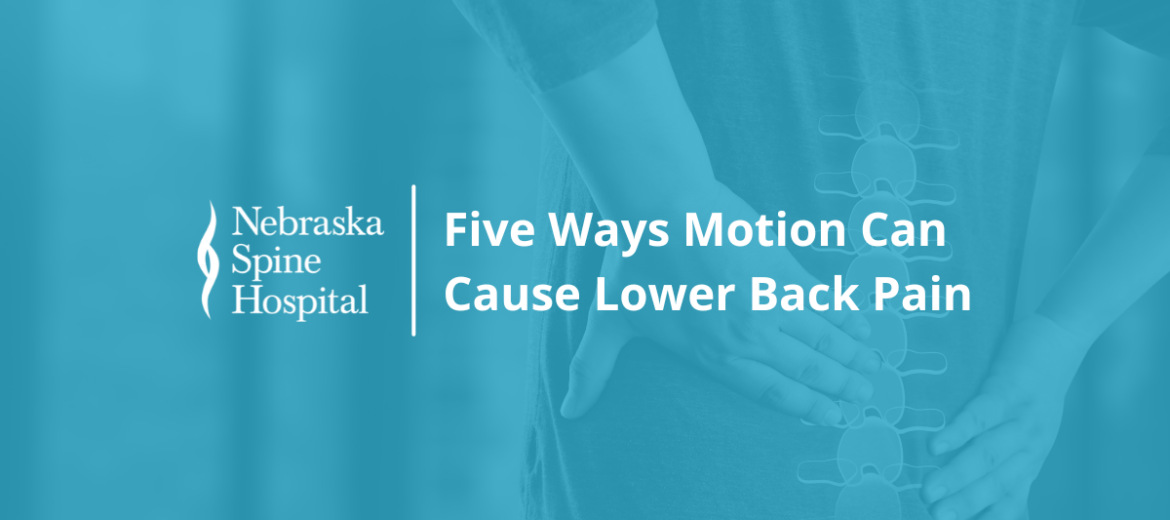You may be thinking, “How can motion cause lower back pain? Weren’t humans designed to be in motion?” Yes, humans are meant to be active. But like all well-built machines, sometimes normal use leads to wear and tear.
We’re not, by any means, telling you that in order to be free of lower back pain you must remain motionless. In fact, inactivity may cause more pain than excessive motion. Keep reading to discover what may be causing that ache in your lower back.
1. Strained muscles from twisting and turning motions
The first thing you should know about motion-caused lower back pain is it rarely has anything to do with the bones in your spine. In most instances, the muscles and ligaments surrounding your spine are the perpetrators causing the pain.
Twisting and turning your lower back leaves you at risk for overstretching or even tearing the muscles and ligaments surrounding your spine. This can cause the surrounding area to become inflamed, cause pain, and in more severe cases even cause back spasms.
2. Disc herniation
Because your lower back carries the entire weight of your torso, it is more prone to injury than other areas of your body. A herniated disk occurs when the soft center of a spinal disc pushes through a crack in the exterior casing. Some liken this condition to the jelly escaping a jelly-filled donut.
The two lowest discs in your back (L4-L5) endure the most strain and are most likely to herniate. Herniated discs can lead to sciatic pain that radiates down your leg and foot.
You Might Also Like: 3 Common Causes Of Back Pain
3. Cartilage breakdown
Performing repetitive motions (such as those required of athletes) often leads to spinal osteoarthritis, or the breakdown of cartilage. Symptoms can include more stiffness in your lower back in the morning and at night, and lower back pain radiating to your pelvis or thighs.
4. Formation of bone spurs
Over time, excessive motion can lead to joint instability, causing small, irregular growths to form on the bone. These bone spurs are considered a normal part of aging and can be entirely painless. However, pain begins to occur when the spurs become large enough to entrap nerves passing through the spinal structure.
5. Degenerative disc disease
When the discs between your vertebrae lose cushioning and begin to herniate, it leads to degenerative disc disease. It is a common occurrence, especially among older people. Symptoms of this ailment include pain that worsens with sitting, lifting, bending, and twisting, and feeling the need to switch positions frequently.
For more helpful information like this, please subscribe to our monthly Healthy Back Newsletter below.

